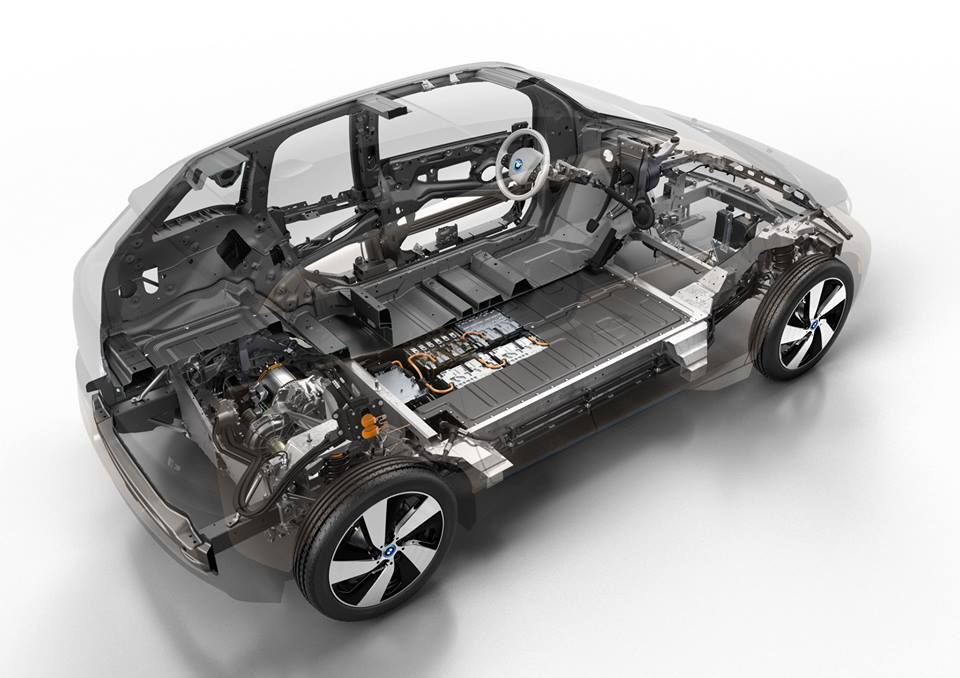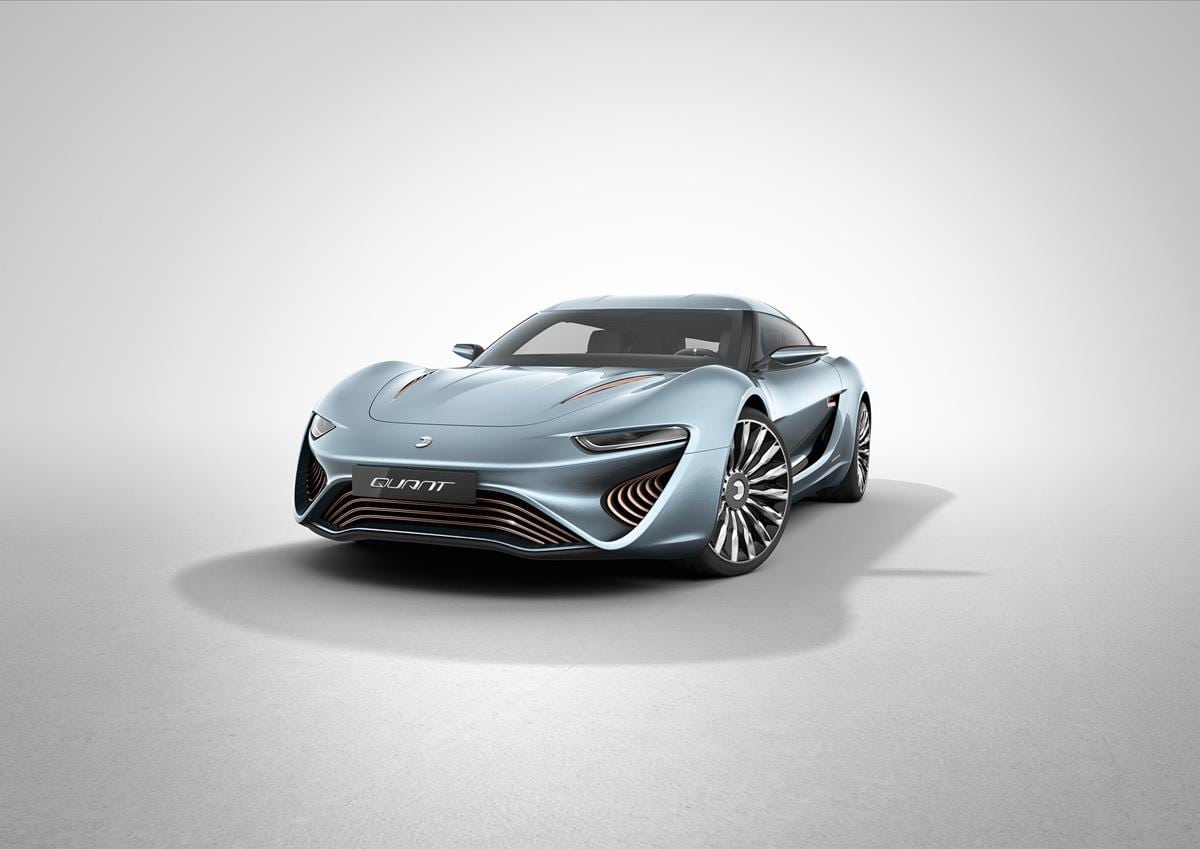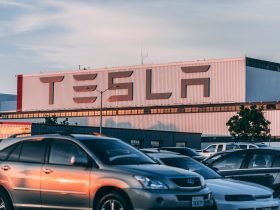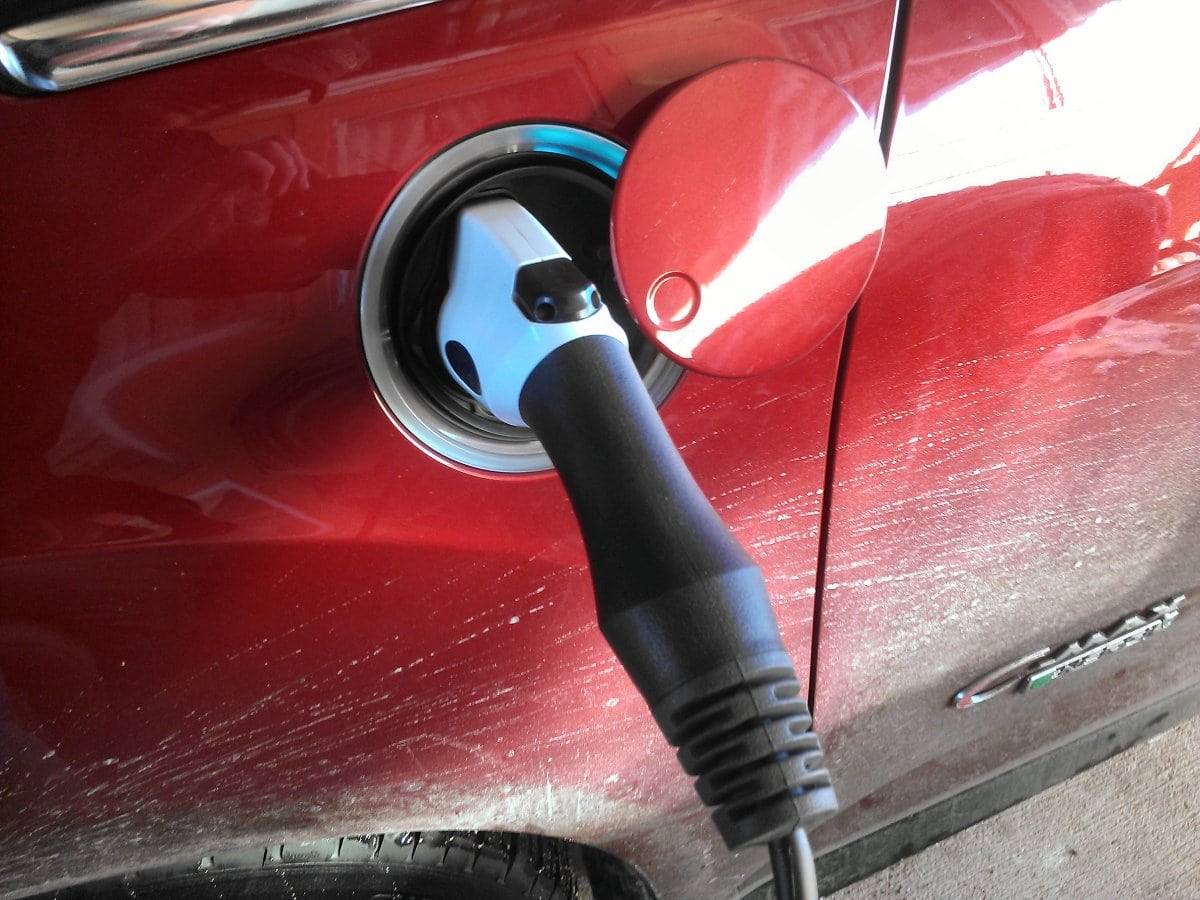Fantastic head wrap from the MIT group that reviews whether the i3 is really a true, purpose-built electric vehicle or a series plug-in hybrid, PHEV. Hat tip to InsideEVs (original story here).
Everybody in the industry was excited about the all-electric BMW i3 and its plug-in hybrid version. To recap it succinctly, BMW has gone to great lengths to differentiate itself from its local competitors in Germany by completely designing its very first electric vehicle, EV, from scratch. Yes, there was the Mini E, which we test drove and was only available through leasing. It was a work in progress. The ActiveE was essentially a 100 series with a battery pack and electric motor. A far better car, which used the company’s hard earned results from the Mini E.
BMW went as far as buying its own carbon fiber making company to lower the weight of its i3 and used innovative high-reinforced plastic resins. All the kudos to BMW for thinking outside the box in an unconventional move from a fairly conventional performance car company. The question MIT asked though was if the i3 was a purpose built electric car or plug-in hybrid.
i3, Art Thou EV or PHEV? That is the question. We were led to believe the BMW electric i3 would only be an electric car at first. It was presented as a purpose designed and built electric vehicle. Things changed somewhat when BMW announced it would also be available with an internal combustion engine, a Motorrad 650cc gasoline engine originally used on its scooters. How did MIT reach the conclusion the i3 was originally conceived as a plug-in hybrid but hailed as a true purpose built electric car?
MIT Logic. Follow the logic if you will and let us know what you think. The electric version of the i3 has a wasted space behind the electric motor and the bumper, as you can see from the picture gallery below. It seems that spot will not be used for extra cargo space, battery or a more powerful electric motor. Instead, it be used to only shove BMW’s Motorrad gasoline engine, to extend its range. That is the logic MIT used to arrive at the conclusion that the i3 is a series PHEV designed to also be sold as an EV. The gasoline engine only generates electricity to recharge the battery and unlike other plug-in hybrids on the market, doesn’t spin the wheels directly.
Why Not More EV Only Range? That is a good question asked to BMW, whom so far is probably working out a diplomatic answer. Why not a more powerful electric motor if range is not such a crucial factor? The extended range is not dramatically more significant than the EV range, at least compared to what other PHEVs offer, for roughly the same money.
The i3 is an odd bird, to say the least. Knowing BMW, its clientele expects great handling, something the i3 seems to deliver. 100 miles or so of range for a BMW is something their normal sedan owners think twice about. M3 and M5 owners probably never consider range an issue when these cars are driven hard most of the time. So is BMW discreetly saying 100 isn’t good enough, as GM and others have said when they introduced their plug-in hybrids? Does it even matter? Again, this yet another case of a carmaker maneuvering the tricky uncharted waters of alternative energy cars, aiming to please as many people as possible. BMW needs to expand its market share, something it tries to do with various alliances with other car makers, such as Toyota. The i3 is a great way to start a new market but will probably not yield great financial boon.
BMW is going to have to handle that tricky question carefully if it doesn’t want to infuriate its potential electric car fan base, while pleasing its own clientele and reach out to the plug-in hybrid crowd. BMW has its work cut out with its new i3, whether in electric mode only or plug-in hybrid.
For more information, see our Are Your Ready For The Real Electric BMW?












